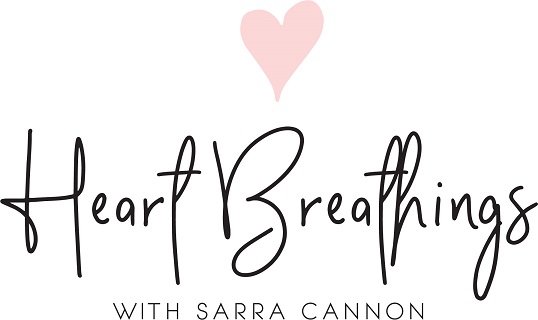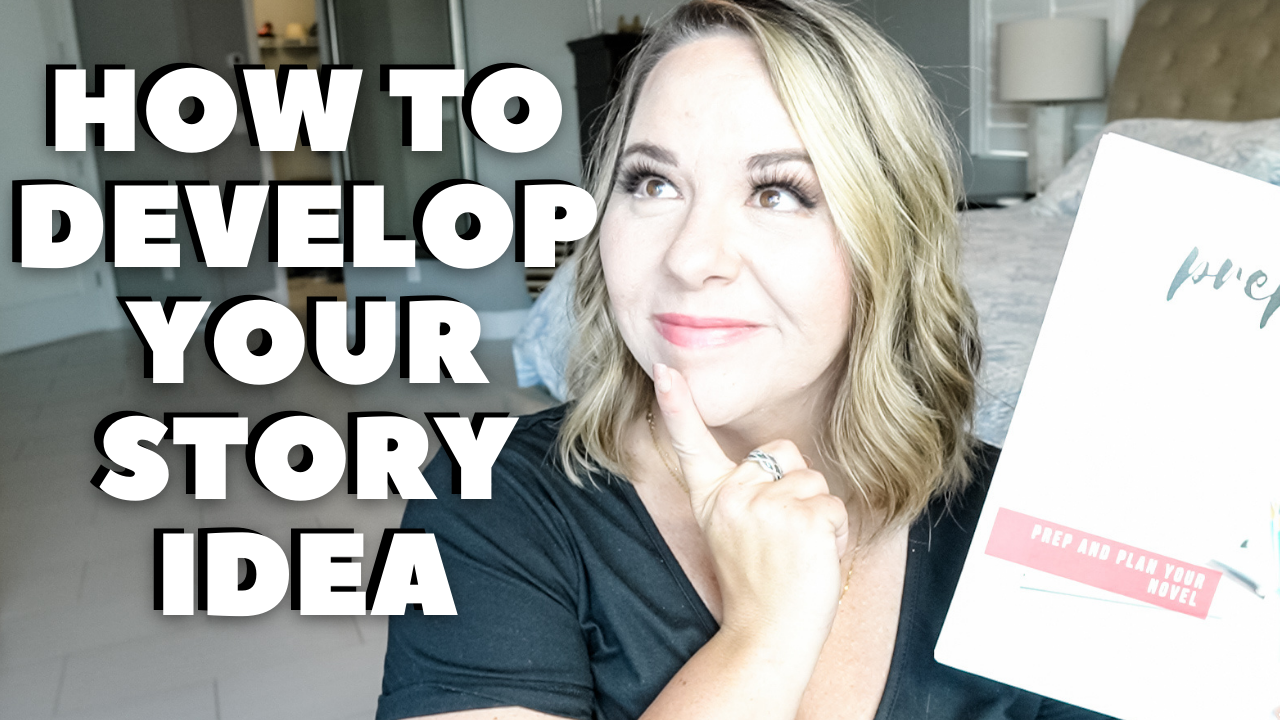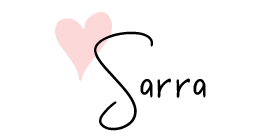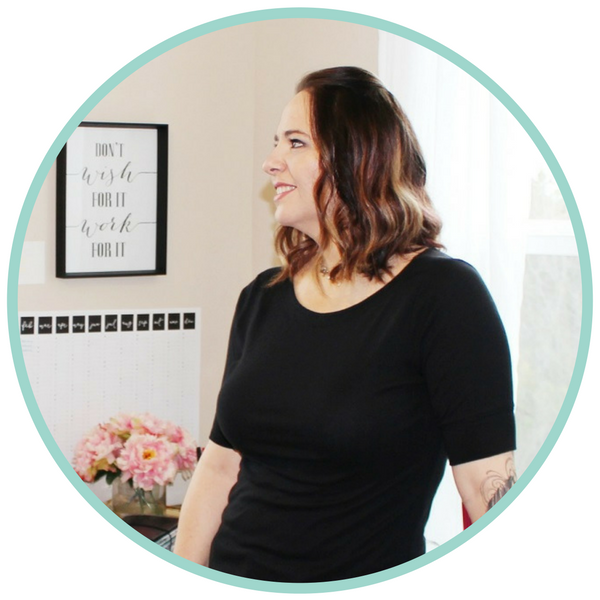

October 14, 2021 by Sarra Cannon
Our Preptober series continues as we take a deeper look at how to actually take the idea you came up with and develop it into a full novel. This is a bit of a tricky topic, because there is no one right way to develop story ideas.
Every author has the freedom to find their own way and their own process, so before we get started, I want to make it clear that there’s no right or wrong way to go about the process of story development. You can’t get it wrong! Follow your own intuition on what feels best and most inspiring to you.
My hope with today’s video is to at least give you some ideas and a starting point for those times when you’re struggling to figure out what in the world is going to happen in your story. Unlike my detailed series on plotting a novel, this is going to be a more “rough and easy” outline that I hope will be helpful to both plotters and pantsers alike.
I love to start off my story ideas session with a braindump to discover what’s already in my head and imagination about the story so far. This usually involves opening up a new Google Doc or a fresh page in my notebook to just write down everything I’ve imagined to be true or happening in my story so far.
This can include things like:
And basically anything else you can think of. There are no rules here! Just play around and get the ideas out of your head and onto the page.
Don’t be too precious about this, either. There’s no contract here that says what you write down will be part of your story. This is just a brainstorming session that will start to put the pieces of your story puzzle on the page.
Your story question is just the question you want the readers to be asking about the outcome of your story. This can often point to genre, as well. A story question could be something like:
Don’t overthink this! Your story question ties into the main storyline of your book, and should be the question on your readers’ lips by the end of the first act
Determining this question early in your brainstorming will help you to identify the genre of story you’re writing as well as focus in on what the main premise of your story happens to be. This is also going to give you some idea of what you’re main character’s goal is.
Conflict and tension are your job as an author. No one wants to read a story about a character whose life goes exactly according to plan. Readers want tension and conflict on every page.
Think about your story question and all the things you wrote down in Steps 1 and 2. Now start asking yourself what’s the worst thing that could happen to your character or story world? What could complicate their world, turn everything on its head, make everything that much harder. How can their plans be completely ruined so that they have to do do something more difficult or go off-course somehow?
This is really your place to play around! I challenge you to just have fun thinking about everything that could happen in your story world that relates to your character and the story question your reader is asking. Write down at least 4-10 ideas for conflict here.
Tip: Try to tie that conflict in with the genre of your story. If you’re writing comedy, think of funny/crazy things that can happen. If you’re writing a romance, think of conflicts that can come between your main characters that keep them apart. In a mystery, think of what could send your main character into danger or down a new path.
What is standing in your character’s way? Write down every idea and try not to judge them yet! Just have fun playing with the possibilities.
Where is your story headed? How is it going to resolve?
Another way to look at it is: How will your story question be answered? How WILL the couple finally get together? Who DID commit the murder?
You may not know the answer to this at this stage of the planning and development process, but I challenge you to write down anything you know so far about how the ending and resolution of this story will go down. This could begin to put the main structure of your novel together.
For many writers, beginning, conflict ideas, resolution is all you need to start writing.
This is the part where you get your rough outline together. Take the conflict you sketched out earlier and start brainstorming which ones you want to add to you story. Write down at least 10 scene ideas you could see happening in your book.
What happens in the beginning and how are we introduced to your characters? What sparks the reader to ask the story question in the first place? What goes wrong? How does your character handle that or move forward?
These types of questions can spark ideas for bits and pieces of your story. I always start by writing out the scenes randomly as they pop into my head. Then I take a moment and put those scenes in order. For me, this is when a structure really starts to appear.
As you place these scenes into your story order you will likely also see that new scenes come to mind. You’ll say, “Oh, next they need to go to dinner, but before they can do that, this would be a good chance for her friend to come over and help her choose an outfit.” Indulge those new ideas, and again, don’t judge them. You never know when a bad idea will lead to a series of brilliant ones as you brainstorm, so just let it flow!
By now, you should have a rough outline of your story! Sure, there are a lot of details missing, but sometimes we don’t need all those details to start writing.
One of your jobs as an author is learning to find the balance between how much time you need to spend planning and how much of your story will come out during the exploratory first draft. There’s no standard here and whatever way feels right and works for you is always the right way.
I hope this was helpful to get you started!
If you don’t yet have the Free Preptober Planner, you can sign up here and grab it now.
Next week, we’ll discuss how to make a Creativity Toolbox to keep you motivated while you write. I’m looking forward to it! See you next week.


I have been self-publishing my books since 2010, and in that time, I've sold well over half a million copies of my books. I'm not a superstar or a huge bestseller, but I have built an amazing career that brings me great joy. Here at Heart Breathings, I hope to help you find that same level of success. Let's do this.